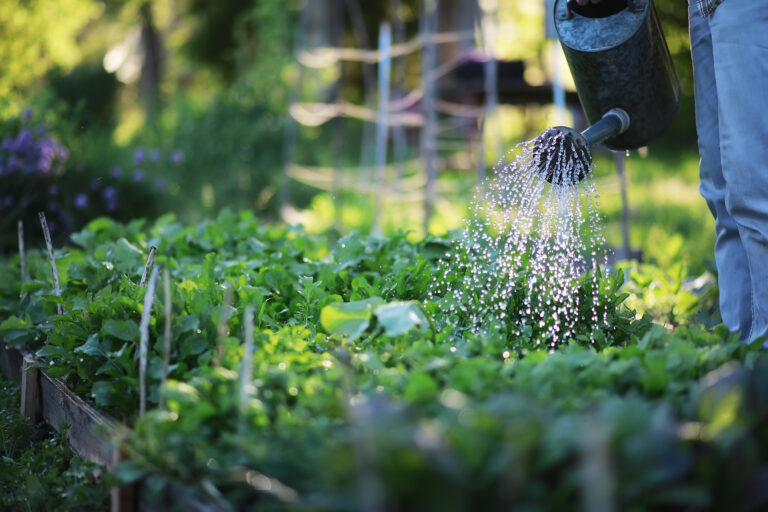Having proposed revisions to the pre-harvest agricultural water requirements of FSMA’s Produce Safety Rule (PSR) in December, FDA has now issued a supplemental notice of proposed rulemaking (SNPRM) to extend the compliance dates for the proposed provisions. However, that extension applies only to the pre-harvest revisions, with the January 2023 deadline for the PSR harvest and post-harvest agricultural water compliance remaining intact – and only six months away.
- Pre-harvest Requirements. As proposed, the ag water revisions would replace the pre-harvest microbial quality criteria and testing requirements with requirements for systems-based pre-harvest agricultural water assessments. The assessments would be used to identify conditions reasonably likely to introduce known or reasonably foreseeable hazards into or onto produce or food contact surfaces, and to determine need for corrective or mitigation measures. The compliance date for covered produce (other than sprouts) would be 9 months after the effective date of a final rule, except 1 year and 9 months for small businesses and 2 years and 9 months for very small businesses.
- Harvest/Post-harvest Requirements. For harvest and post-harvest ag water, FDA has retained the existing PSR requirements and its intention to continue enforcement discretion only until January 26, 2023, (with the same date in 2024 for small businesses and in 2025 for very small businesses).
So while keeping an eye out for the finalization of the proposed rule for pre-harvest ag water, produce businesses should ensure they are prepared for the fast-approaching harvest/post-harvest ag water compliance date. There will be some leeway during the first year of compliance, as FDA plans to “educate while it regulates” as it has with other aspects of the FSMA rule. But even while the agency works with state and industry partners to advance training, technical assistance, educational visits and on-farm readiness reviews, you can be sure it will not look past any food safety issues that are detected in any aspect of ag water used.
Whether assessing water for pre-harvest, harvest, or post-harvest use, a key aspect of ensuring the safety of the produce is water testing. As detailed by UMass Amherst:
- For pre-harvest use (e.g., irrigation, fertigation, crop sprays, cooling, etc.), it is important to know the microbial quality at the water source and at output. Although public water is tested and treated, you should periodically test the water emitting from your faucets or hoses to ensure against any internal, or other, contamination. For other water sources (e.g., ground and surface water), growers should ensure they thoroughly understand the source, the use of upstream land, and the potential for contamination to ensure you identify any hazards and mitigate the risks.
- For harvest and post-harvest use (e.g., produce washing and cooling, handwashing, food-surface cleaning and sanitizing, etc.), the water should be tested for potability, having no generic E. coli. Surface water should never be used; and any use of recirculated water should be tested for quality and safety. It also can be advantageous to use a properly labeled sanitizer in produce wash water to help reduce the risk of cross-contamination.
These are, however, very general rules of thumb, with the PSR final and proposed requirements much more specific as to acceptable water sources, inspection and testing frequency, generic E. coli levels, etc. While the agency’s proposed revisions to the pre-harvest ag water requirements are intended to address stakeholder concerns about the complexity and practical implementation of the original requirements, the new proposal is still complex, and will require thorough assessments with applicable corrective or mitigation measures applied as needed.
Thus, if you are a business covered by the Produce Safety Rule, whether with pre-harvest, harvest, or post-harvest operations, it is advisable to review the applicable proposed or final rule and begin working toward compliance, if you aren’t already. For harvest/post-harvest operations, the January compliance date will be here before you know it, and while FDA is planning to educate while regulating, it’s not likely to go over well if you’re not at least well underway in compliance.
With the Produce Safety Rule establishing, for the first time, science-based minimum standards for the safe growing, harvesting, packing, and holding of produce for human consumption, there is a lot for everyone to learn in both compliance and regulation. But with the TAG Team’s extensive expertise in produce, food safety, and regulation, we can help. Whether you need assistance understanding the provisions of the rule, applying the requirements, or assessing your operations and agricultural water, give TAG a call!





